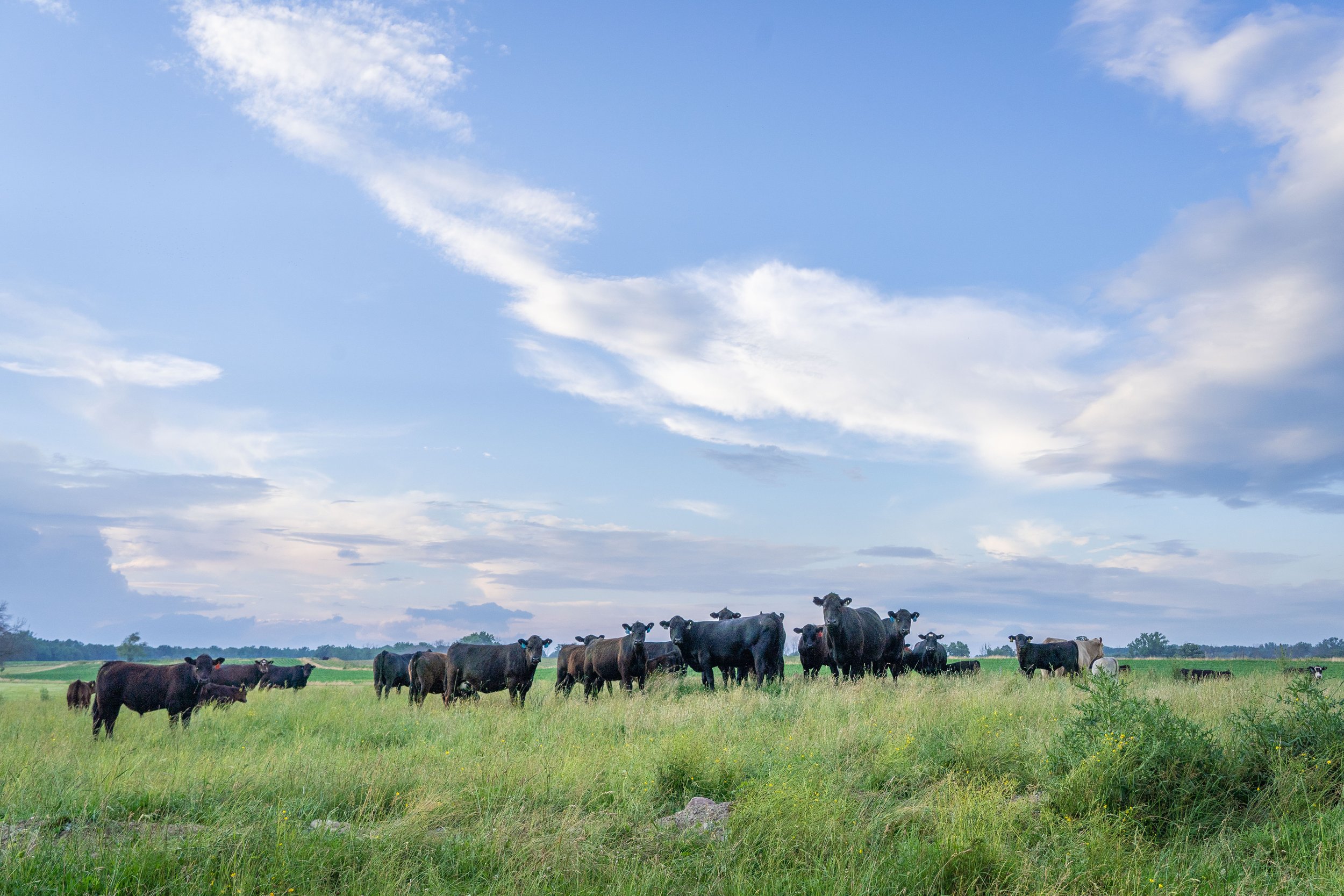Securing Success: Bagley Risk Management Solutions
Securing Success: Bagley Risk Management Solutions
Blog Article
Comprehending Animals Danger Defense (LRP) Insurance Coverage: A Comprehensive Overview
Browsing the realm of livestock threat defense (LRP) insurance coverage can be a complicated endeavor for lots of in the agricultural field. This type of insurance policy offers a safeguard versus market fluctuations and unexpected circumstances that might impact livestock manufacturers. By understanding the ins and outs of LRP insurance policy, producers can make educated choices that might protect their procedures from financial dangers. From how LRP insurance policy functions to the numerous coverage choices offered, there is much to reveal in this extensive overview that might possibly form the way livestock producers come close to threat administration in their companies.

How LRP Insurance Works
Occasionally, comprehending the technicians of Animals Risk Security (LRP) insurance policy can be intricate, however damaging down how it works can give clarity for ranchers and farmers. LRP insurance policy is a threat monitoring tool created to protect livestock manufacturers versus unexpected price decreases. It's essential to note that LRP insurance is not a profits warranty; rather, it focuses entirely on cost danger defense.
Eligibility and Coverage Options

When it concerns protection options, LRP insurance policy offers producers the adaptability to choose the insurance coverage level, protection period, and recommendations that finest match their risk management needs. Protection degrees generally vary from 70% to 100% of the anticipated finishing worth of the insured livestock. Manufacturers can additionally pick insurance coverage periods that straighten with their manufacturing cycle, whether they are guaranteeing feeder cattle, fed livestock, swine, or lamb. Endorsements such as rate danger security can additionally tailor coverage to safeguard against unfavorable market changes. By comprehending the eligibility requirements and insurance coverage alternatives readily available, livestock producers can make informed choices to take care of threat effectively.
Pros and Disadvantages of LRP Insurance Coverage
When evaluating Animals Threat Security (LRP) insurance policy, it is necessary for animals manufacturers to evaluate the advantages and disadvantages inherent in this threat monitoring tool.

One of the primary advantages of LRP insurance policy is its ability to supply defense against a decline in livestock costs. Additionally, LRP insurance policy supplies a level of adaptability, allowing manufacturers to customize insurance coverage levels and plan durations to suit their certain requirements.
One restriction of LRP insurance coverage is that it does not safeguard versus all types of dangers, such as disease outbreaks or all-natural calamities. It is essential for producers to meticulously examine their private threat exposure and financial scenario to identify if LRP insurance is the best danger administration device for their operation.
Recognizing LRP Insurance Premiums

Tips for Making Best Use Of LRP Benefits
Maximizing the benefits of Livestock Threat Defense (LRP) insurance calls for strategic preparation and proactive risk monitoring - Bagley Risk Management. To take advantage of your LRP insurance coverage, take into consideration the adhering to pointers:
Consistently Examine Market Problems: Keep informed concerning market trends and rate variations in the animals market. By keeping an eye on these aspects, you can make enlightened decisions regarding when to acquire LRP insurance coverage to protect against prospective losses.
Establish Realistic Insurance Coverage Levels: When choosing coverage levels, consider your production prices, market price of livestock, and possible threats - Bagley Risk Management. Setting realistic coverage degrees guarantees that you are effectively protected without overpaying for unnecessary insurance coverage
Diversify Your Coverage: Rather of depending only on LRP insurance, take into consideration diversifying your threat management techniques. Integrating LRP with other risk monitoring tools such as futures agreements or options can supply extensive coverage against market unpredictabilities.
Evaluation and Change Protection Regularly: As market conditions change, regularly assess your LRP insurance coverage to guarantee it straightens with your existing threat exposure. Changing insurance coverage degrees and timing of acquisitions can help enhance your risk security approach. By complying with these tips, you can take full advantage of the advantages of LRP insurance and protect your animals procedure against unforeseen threats.
Conclusion
To conclude, livestock danger defense (LRP) insurance is a valuable tool for farmers to take care of the monetary dangers related to their livestock operations. By understanding how LRP works, eligibility and protection choices, along with the pros and cons of this insurance policy, farmers can make informed choices to protect their livelihoods. By meticulously taking into consideration LRP premiums and applying techniques to make the most of benefits, farmers can reduce prospective losses and ensure the sustainability of their operations.
Livestock manufacturers interested in getting Animals Threat Security (LRP) insurance policy can discover an array of eligibility standards and insurance coverage options tailored to their certain animals procedures.When it comes to visite site protection alternatives, LRP insurance coverage supplies producers the adaptability to pick the coverage level, protection period, and recommendations that ideal fit their threat administration explanation requirements.To comprehend the intricacies of Animals Danger Protection (LRP) insurance fully, understanding the elements influencing LRP insurance costs is vital. LRP insurance policy premiums are figured out by numerous aspects, consisting of the protection degree selected, the anticipated rate of animals at the end of the protection period, the kind of livestock being guaranteed, and the length of the protection duration.Evaluation and Change Insurance Coverage On a regular basis: As market problems transform, occasionally review your LRP coverage to ensure it lines up with your current threat direct exposure.
Report this page